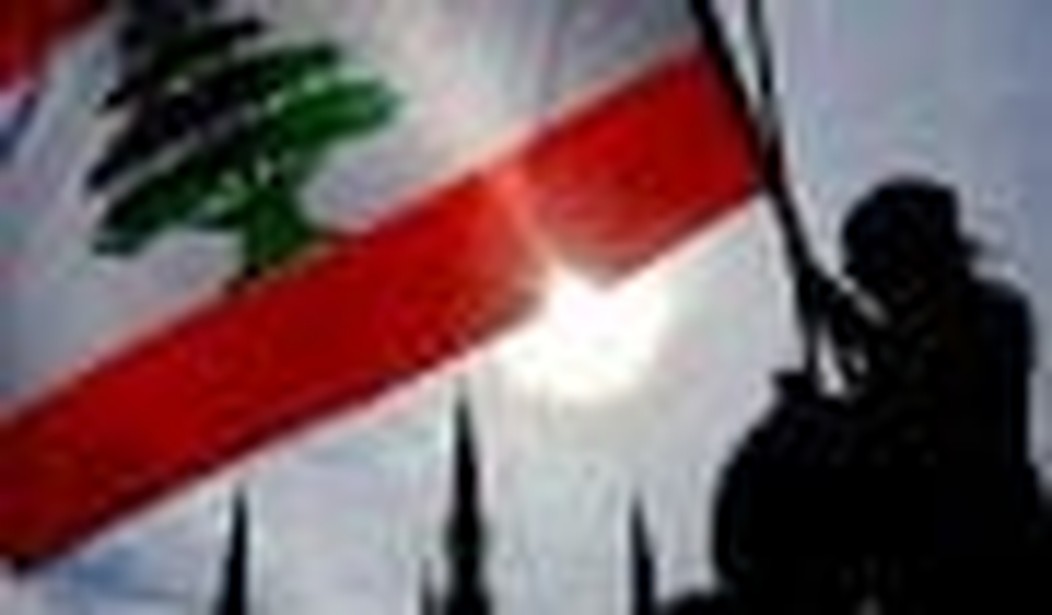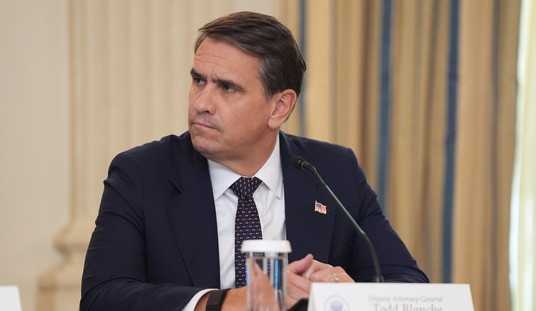I first visited Lebanon in December 2006, when Hezbollah and other opposition forces were occupying the center of Beirut, staging large rallies in an effort to force the pro-independence March 14 majority bloc to give Hezbollah more power. I’d never visited the Middle East before, but when the opportunity to fly to Beirut to photograph Hezbollah’s December 10 rally was offered, I took it, partly because I’d been blogging about politics and the Middle East for years. Here was an opportunity to learn more about different political groups in the area. Also, I was intensely curious about a city that was portrayed as being similar to Paris and/or a terror-ridden Islamist war zone.
In December 2006, Beirut-as-warzone was the most prominent image in the media. Reading reports like this one in the BBC which says, “Led by Hezbollah and its pro-Syrian allies, the rally is possibly the largest demonstration Beirut has seen,” one would get the impression that all of Lebanon supported Hezbollah. Being there, I knew that the December 10 rally was not the largest demonstration Beirut had ever seen. The Cedar Revolution (March 14) rally for Lebanese independence from Syria was much larger.
On my first visit, I saw that Beirut was more Paris than war zone. Just a few weeks before Christmas, I walked down the sun-speckled streets of the Gemmayze district, past a florist shop decorated with poinsettias and plastic Santas, to a French cafe which offered fine pastries and cafe au lait. Sunni West Beirut was overflowing with crepe stands and hooka bars. Although the neighborhoods appeared to be divided along sectarian lines, Sunnis and Shia went to Gemmayze bars and Christians lived in West Beirut. While much of Lebanon suffers from an unhealthy addiction to politics, this is counteracted by a healthy addiction to living their lives to the fullest.
Beirut and most of Lebanon wasn’t — and still isn’t — an Islamist stronghold. The majority of Lebanese avoid confronting Hezbollah because most would do anything to avoid another civil war. But even Hezbollah knows that no one would tolerate the installation of Sharia laws in Lebanon. Lebanon relies on tourism, a large part of which consists of Gulf Arabs who come to Lebanon to spend great amounts of money to escape their homemade Islamist misery.
Hezbollah’s effort to take over Lebanon is often portrayed as a religious quest, but at the rally, in the tent city and in the crowd, I saw few signs of religious devotion. I saw a lot of evidence that Hezbollah’s “civil disobedience” was politically opportunistic extortion. With their ability to gain allies, with their weapons and their support from Syria and Iran, Hezbollah and friends were demanding that the rest of Lebanon give in to their demands or risk civil war, basically saying, “Nice country you’ve got; wouldn’t want anything to happen to it.”
The first time I visited Beirut, it was as a blogger and a photographer, documenting a city in the midst of an attempted putsch. When I revisited the city this August, it was as a tourist, visiting friends.
Unfortunately, many of the Lebanese bloggers I knew had left Beirut. Most people were leaving for better economic opportunities in the Gulf, Europe, or America. For those who stayed in Lebanon, goodbye parties were frequent, almost weekly social gatherings.
In August, Hezbollah’s creepy tent city, which was used to economically cripple Beirut, had been dismantled. That was the good news. The bad news: it was dismantled because, in May 2008, Hezbollah — who call themselves the “liberators of Lebanon” — and their militia friends from Amal and the Syrian Social Nationalist Party (SSNP) used their weapons to terrorize Beirut and kill Lebanese civilians. Their goal was to finish the job of extorting concessions from the Lebanese government. Their extortion succeeded. In May, Beirut’s streets were filled with the spinning swastika logo of Hezbollah’s allies, the fascist mad bombers of the SSNP.
I first encountered the SSNP while photographing Hezbollah’s December 10 rally and wrote about them in a post titled with a quote from the SSNP: “We use different methods of resisting, among which is using explosives.”
Back in 2006, the Lebanese government had the power to crack down on this violent group. But now, the SSNP feels free to come out of the shadows. The flying swastika graffiti and flags were all over Beirut’s Hamra district. Few people were willing to remove them.
Acceptance of the empowerment of Hezbollah and related fascist militias was most evident in July 2008, when the Lebanese president, the prime minister, heads of all branches of Lebanese security and intelligence services, Druze leader and former supporter of March 14 Walid Jumblatt, the German ambassador, and the commander of UNIFIL honored Samir Kuntar, the recently released terrorist/murderer of a four-year-old Israeli girl. Hezbollah proved to the world — as if this needed proving — that relative might makes right and that political crime pays.
However, when I was back on those sun-drenched Mediterranean streets, back in the crowded pubs eating delicious cafe fare, it was easy not to think of the changes that had taken place. I had some of the best arak around and became addicted to double espressos. Friends and taxis helped me see more of Lebanon than Beirut. We tasted wine in the Bekaa valley and saw the Roman ruins at Baalbeck. We drove into the northern mountains to dine with a local family who prepared a feast of roasted chicken, spinach, and a dish of rice, yoghurt, and kibbeh that I must try to make at home. As the sun set over the mountains, our host showed us his architectural sketches for improvements he planned to make on his already beautiful home. I mentioned that I had just had new wood flooring installed in my home, which was a fairly stressful and time-consuming process. I wondered if he’d be bothered by the noise and general disruption that the new work would require.
He said that redesigning his house, seeing the improvements he designed come to life, was what kept him sane. He couldn’t make his country what he wanted it to be, but he could perfect his home.
During my recent visit, Beirut reminded me more of Barcelona, a city I’d just visited, than Paris. Seeing the beaches, the nightlife, and the cafe culture, it was hard to believe that the anarchic, fun-loving Spanish people could have lived under Franco’s long-running authoritarian regime for decades. It was hard to imagine how the world could be so tolerant of fascism when it arose in Europe. Walking past Barcelona and Beirut’s beautiful but crumbling Mediterranean streets, I wondered how much of history would repeat itself.









Join the conversation as a VIP Member